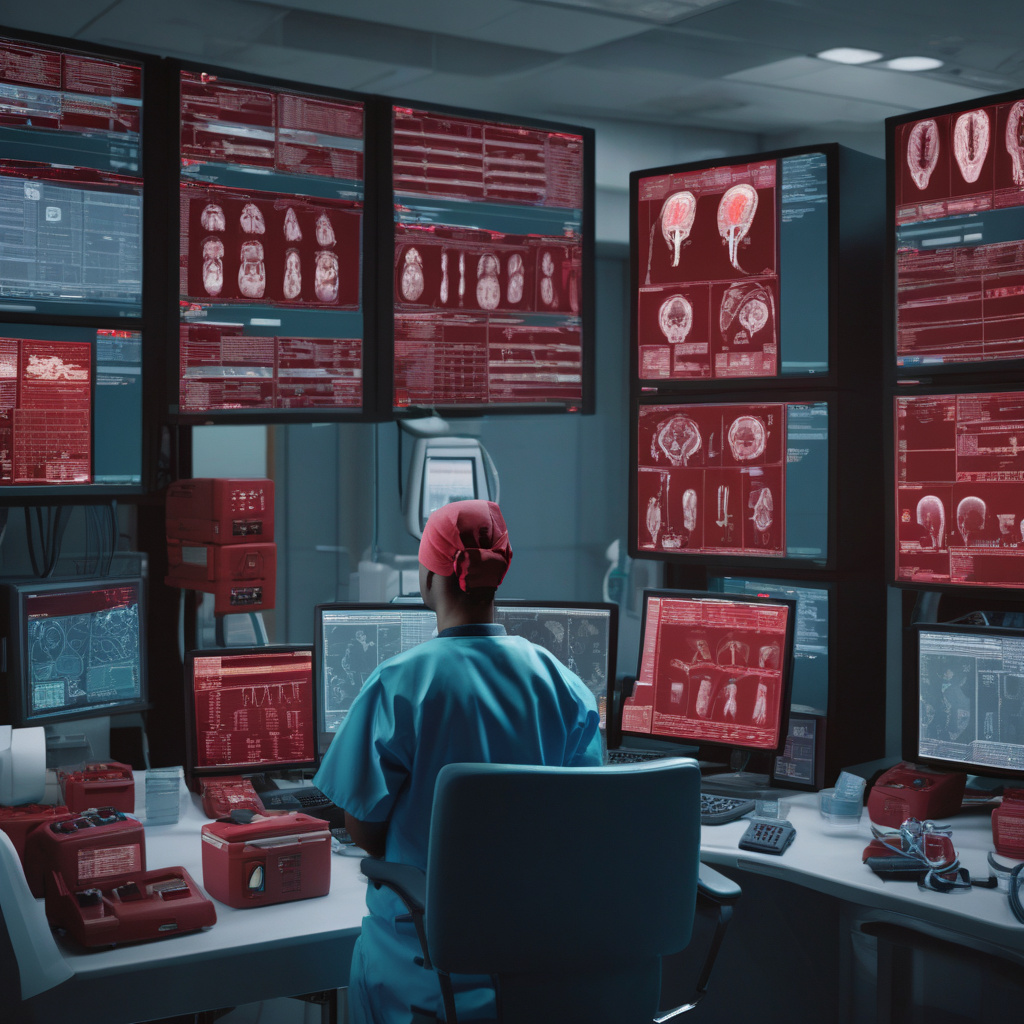In the interconnected world of healthcare, the impact of ransomware extends far beyond the initial target. When a hospital falls victim to a ransomware attack, the repercussions are felt not only within its walls but also by neighboring healthcare facilities. This domino effect can lead to an overflow of patients seeking care at unaffected hospitals, straining resources and impacting the quality of service across the healthcare network.
Imagine a scenario where a hospital is forced to shut down critical systems due to a ransomware attack. As a result, ambulances are diverted to other nearby hospitals, leading to an influx of patients beyond their usual capacity. This sudden surge in patient volume can overwhelm healthcare providers, delay treatments, and jeopardize patient care.
To mitigate the cascading effects of ransomware attacks in the healthcare sector, robust defense mechanisms are paramount. Implementing key strategies such as backup recovery solutions and multifactor authentication can significantly bolster a hospital’s cybersecurity posture.
Backup recovery serves as a crucial lifeline in the event of a ransomware attack. By regularly backing up essential data and systems, hospitals can restore operations swiftly and minimize downtime. This proactive approach not only ensures business continuity but also reduces the likelihood of succumbing to ransom demands.
Moreover, the implementation of multifactor authentication adds an extra layer of security to safeguard sensitive patient information and critical healthcare systems. By requiring multiple forms of verification for access, such as passwords combined with biometric data or security tokens, hospitals can thwart unauthorized access attempts and thwart ransomware perpetrators.
In the face of evolving cyber threats, collaboration among healthcare institutions is essential to strengthen collective defenses against ransomware. Sharing best practices, conducting joint training exercises, and fostering a culture of cybersecurity awareness can fortify the resilience of the entire healthcare ecosystem.
When one hospital gets hit by ransomware, the ripple effects are deeply felt by neighboring facilities and the broader community. By fortifying defenses, embracing proactive cybersecurity measures, and fostering a collaborative approach to threat mitigation, healthcare providers can effectively safeguard patient care and uphold the integrity of the healthcare system as a whole.

